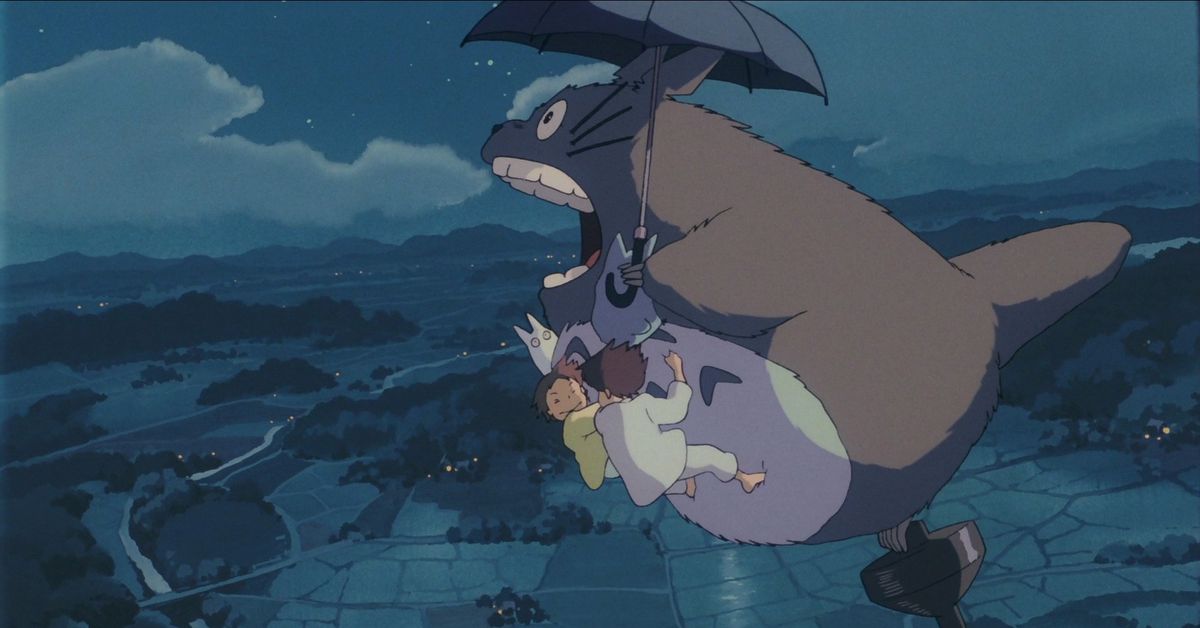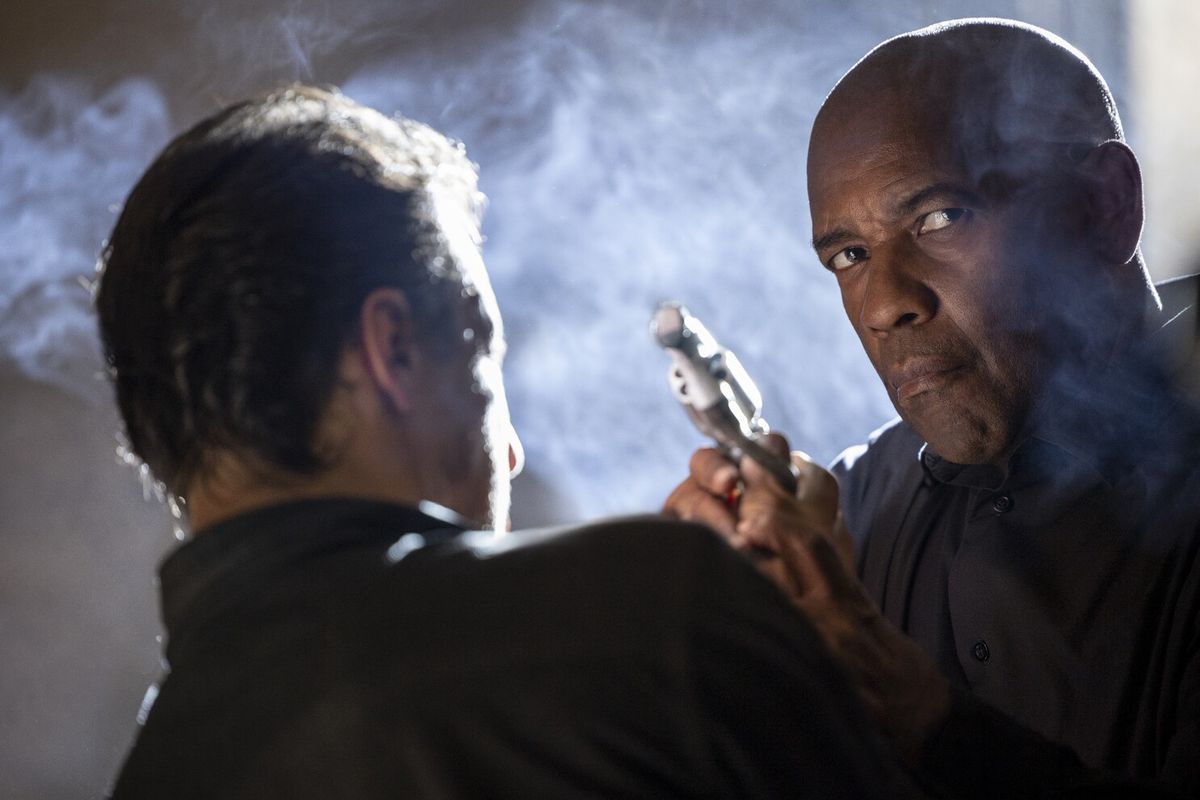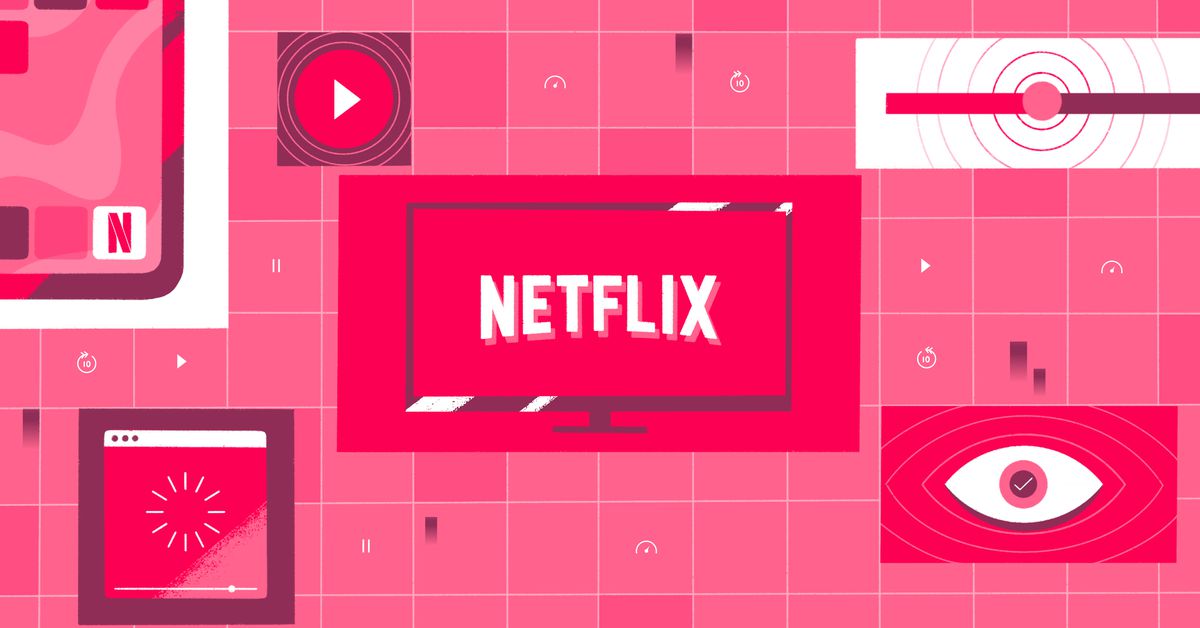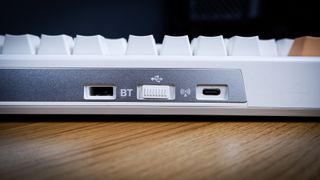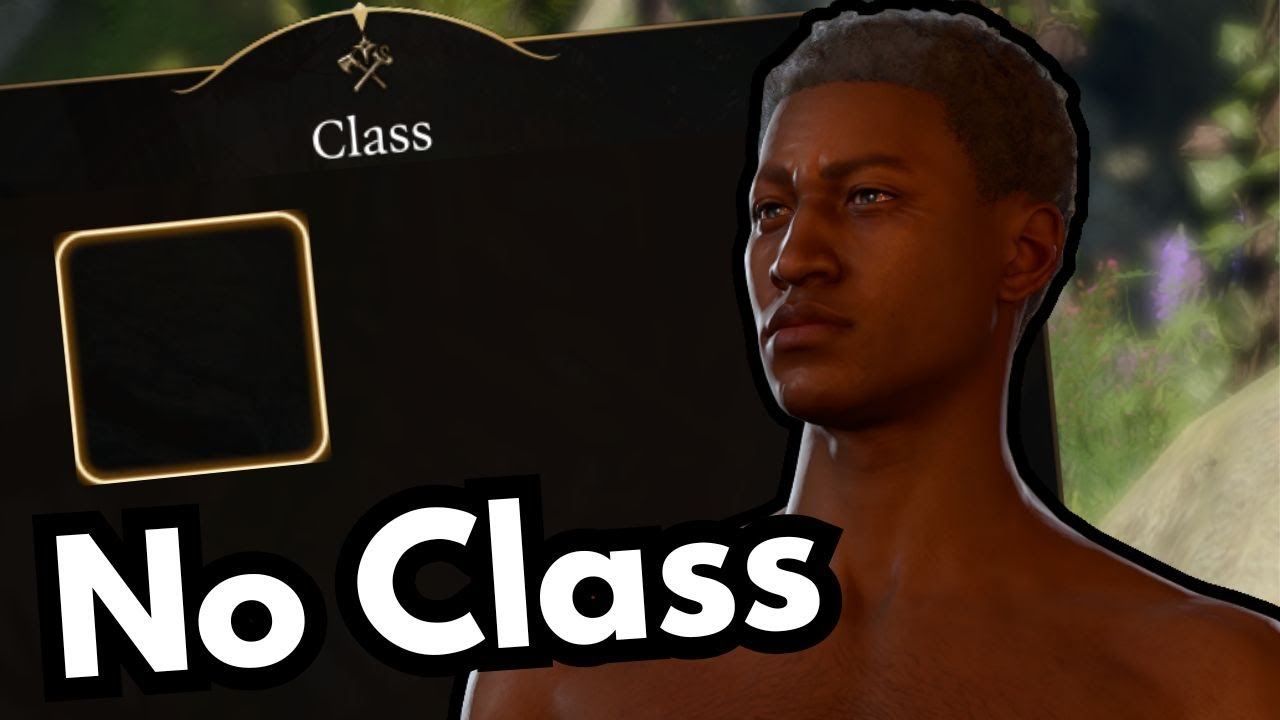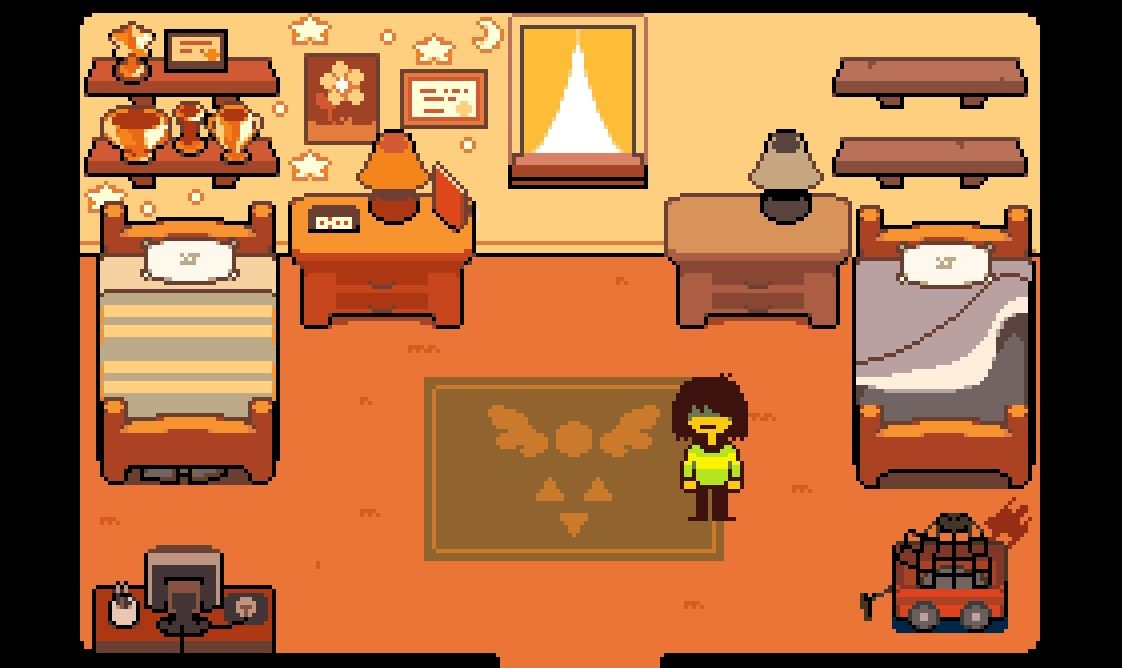In Pixar’s 2015 movie Inside Out, the ultimate message is that we all need emotional balance to fully experience life — which means embracing some of our less enjoyable emotions, like sadness and anger. That message plays out via five personified emotions commandeering the mind of an 11-year-old girl named Riley, who’s navigating some big life changes.
Kelsey Mann’s 2024 sequel Inside Out 2 continues the theme — but this time, Riley’s going through puberty, so a host of new emotions crashland into her head. Inside Out 2 once again neatly emphasizes the importance of emotional regulation — but there’s also a separate thread about a teenager solidifying her sense of self and accepting that she isn’t going to be a totally good person all the time. That’s a particularly intriguing plot point — especially given how it plays out via a seeming character contradiction that’s never fully resolved. The whole thing could use more space and detail, but instead, it takes a back seat to the plot about emotional balance.
[Ed. note: This post contains end spoilers for Inside Out 2.]
:no_upscale()/cdn.vox-cdn.com/uploads/chorus_asset/file/25492095/MCDINOU_WD030.jpg)
In the new movie, Riley, now 13, is about to go to a prestigious hockey camp. Joy (Amy Poehler), Sadness (Phyllis Smith), and Riley’s other emotions think they have a handle on things, until a host of new emotions, led by Anxiety (Maya Hawke), arrive on the scene. Anxiety quickly takes over, convinced that her preparation and planning will set Riley up for success in high school, and she punts the other emotion characters to the back of Riley’s mind.
Eventually, after a great deal of conflict, Anxiety realizes she needs to step back and make room for Joy and the others. While anxiety is useful in small doses, it shouldn’t be a singular driving force in anyone’s life — just as Joy realizes in the first Inside Out that she can’t be in charge of Riley’s emotional life at all times, and that Sadness needs a chance to let all Riley’s tears out.
As cathartic as that realization is, however, it’s dueling with another theme in the movie that comes a bit out of nowhere — and that would be an amazing parallel plot, if it wasn’t such a rushed side point in the story.
Early in the movie, Joy shows off a contraption she made that chucks bad memories to the back of Riley’s mental storage space. If they aren’t filed to short-term memory or integrated into Riley’s belief system, those memories can just collect dust in an unused corner of Riley’s brain, and not affect her in any way.
:no_upscale()/cdn.vox-cdn.com/uploads/chorus_asset/file/25490550/INSIDE_OUT_2_ONLINE_USE_i250_114b_pub.pub16.1076.jpg)
Much of the first movie involved Joy realizing that all memories are necessary for Riley’s life experience and growth, whether they’re joyful, sad, angry, fearful, disgusted, or some combination of emotions. So the way she starts off the sequel by casually bypassing Riley’s entire internal process and hurtling “bad” memories to the back of her mind seems contradictory. But since Riley’s sense of self is starting to solidify, maybe Joy backslid on her resolution to accept all Riley’s experiences. After all, supplied with positive, helpful memories, Riley’s sense of self decrees that she’s a good person. That’s ideal!
When Anxiety takes over, she warps Riley’s sense of self into thinking she isn’t good enough — not skilled enough at hockey to make her high-school team, not smooth enough to be friends with high-schoolers, and not competent enough to navigate the rest of her life. Joy and the rest of the emotions eventually convince Anxiety to step down, and they restore the sense of self Riley built before Anxiety started meddling. But in that moment, Joy also decides to embrace all of Riley’s more unsavory memories. She realizes that it’s important to make sure Riley is a complex person, not just a self-satisfied one.
It’s a compelling message — but it comes with so little buildup. Thematically, it’s similar to “We need to experience all emotions, good and bad.” But there’s an extra layer there beyond healthily processing feelings, one that should touch on why it’s okay for Riley to understand that she hasn’t been a completely unflawed person throughout everything she’s experienced. And that concept barely gets interrogated at all.
:no_upscale()/cdn.vox-cdn.com/uploads/chorus_asset/file/25396880/inside_out3.jpg)
Prior to that crucial moment, the driving plot is making sure Anxiety doesn’t completely take over Riley’s brain. There isn’t really room to explore how accepting your own flaws is an integral part of being human. It’s hinted at, since Anxiety’s big drive is the fear of Riley failing. But the entire idea isn’t developed enough to make it work from Joy’s perspective. Why does she suddenly realize it’s important to acknowledge those bad memories? She spent so long constructing Riley’s previous “I’m a good person” sense of self, but she abruptly decides to embrace all the bad memories, without any consideration, resistance, or debate.
Ultimately, when the “bad” memories are recovered and integrated, Riley becomes a far more self-aware and developed person, and Joy and the other emotions are able to appreciate her for all her layers, including her insecurities and failings. They’ve always loved and supported their girl. That theme should resonate beautifully with the movie’s primary thesis, especially since a lot of growing up is learning more about yourself and accepting your flaws. The entire idea is validating for grownups, who may have already gone through this journey and can now see it reflected on screen. And it’s a message younger viewers can learn from, as they slowly start to navigate their own sense of self.
But it’s also a huge, heavy idea that needed more time to build, instead of being an afterthought to a busy caper through the mind. A pity, too, since the emotional balance plot was already the center of the first Inside Out, and the “flawed and conflicted doesn’t mean unlovable” plot feels more unique to the sequel. Just a little more emphasis on the importance of being a complex person over a good one would’ve made the sequel soar even more than it already does.
Inside Out 2 is in theaters now.
